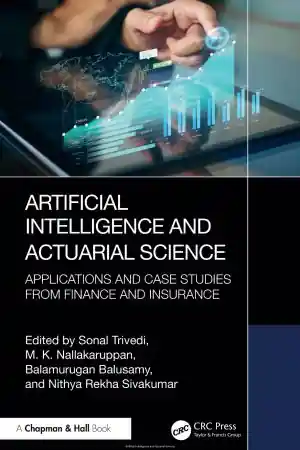
Julia for Data Science
- Length: 348 pages
- Edition: 1
- Language: English
- Publisher: Packt Publishing
- Publication Date: 2016-10-06
- ISBN-10: 1785289691
- ISBN-13: 9781785289699
- Sales Rank: #1154599 (See Top 100 Books)
Key Features
- An in-depth exploration of Julia’s growing ecosystem of packages
- Work with the most powerful open-source libraries for deep learning, data wrangling, and data visualization
- Learn about deep learning using Mocha.jl and give speed and high performance to data analysis on large data sets
Book Description
Julia is a fast and high performing language perfectly suited for data science with a mature package ecosystem, and is now feature-complete. This book will help you get familiarized with Julia’s rich ecosystem, which is continuously evolving, allowing you to stay on top of your game.
You can dive in and learn the essentials of data science, with practical coverage of statistics and machine learning. You will learn to apply real-world skills and will develop knowledge on building statistical models and machine learning systems in Julia, with attractive visualizations. This book addresses challenges of real-world data science problems, including: data cleaning, data preparation, inferential statistics, statistical modelling, building high performance machine learning systems, and creating effective visualizations with D3 and Julia.
What you will learn
- Apply statistical models in Julia for data-driven decisions
- Explore techniques to visualize data using both Julia and D3
- Use Julia to create self-learning systems using-cutting edge machine learning algorithms
- Build a recommendation system in Julia
- Dive into Julia’s deep learning framework to build an intelligent system
- Explore real-world examples of implementing a deep learning system using Julia
Table of Contents
Chapter 1: The Groundwork – Julia’s Environment
Chapter 2: Data Munging
Chapter 3: Data Exploration
Chapter 4: Deep Dive into Inferential Statistics
Chapter 5: Making Sense of Data Using Visualization
Chapter 6: Supervised Machine Learning
Chapter 7: Unsupervised Machine Learning
Chapter 8: Creating Ensemble Models
Chapter 9: Time Series
Chapter 10: Collaborative Filtering and Recommendation System
Chapter 11: Introduction to Deep Learning







